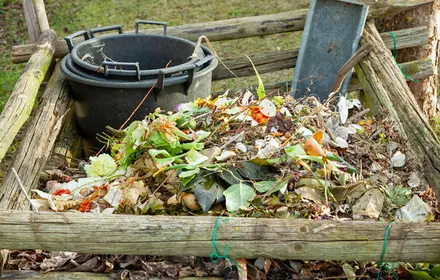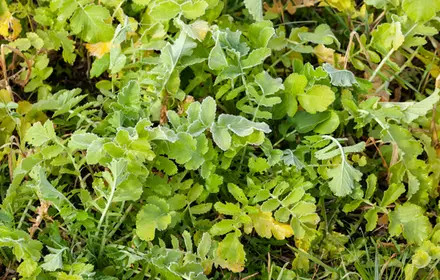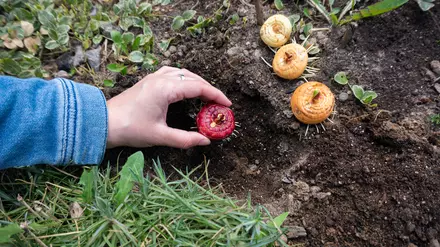Compost Maintenance Tips

As the calendar pages turn and we find ourselves stepping into the heart of gardening season, there's an unsung hero in the quest for a flourishing garden: the composter. This humble bin, pile, or container, often tucked away in a corner of the yard, is a powerhouse in transforming kitchen scraps and yard waste into black gold for your garden. Now is the perfect time to peek into your composter to ensure everything is decomposing nicely. A happy compost means rich soil for your garden, so let's delve into how to keep it green and productive.
Why Compost Matters
Composting is more than just a method to reduce waste; it's a fundamental process that enriches the soil, helping to grow healthy plants while reducing the need for chemical fertilizers. The decomposed organic matter provides essential nutrients, improves soil structure, and encourages beneficial microorganisms. Essentially, composting is recycling at its most natural and productive, turning what would be waste into something incredibly valuable for your garden.
How to Assess Your Compost's Health
As the weather warms, it's the perfect time to check in on your compost's progress. Here's how to ensure your compost pile is on the right track:
Moisture and Temperature: The Balancing Act
Your compost should be moist, but not soggy. Think of the dampness of a wrung-out sponge. If it's too dry, microbial activity slows down, halting decomposition. Too wet, and the pile can become smelly and anaerobic. If your compost feels dry, add water and turn it to distribute moisture. If it's too wet, add dry, carbon-rich materials like leaves, straw, or shredded newspaper to absorb excess moisture.
Temperature is another indicator of compost health. A compost pile that's working well will generate heat. If you have a compost thermometer, the center of the pile should be between 130°F to 150°F (55°C to 65°C). If it's not heating up, it may need more nitrogen-rich materials, like kitchen scraps or grass clippings, to kickstart the process.
Smell and Appearance: Signs of Success
A healthy compost pile should have an earthy smell. If it emits a foul odor, it might be too wet, lack oxygen, or have too many nitrogen-rich materials. Turning the compost to introduce oxygen and adding carbon-rich materials can help balance it out.
In terms of appearance, well-decomposed compost will look like rich, dark soil and crumble in your hand. If you see large pieces of material that haven't broken down, it may need more time or more frequent turning to ensure everything decomposes evenly.
The Finishing Touch: Using Your Compost
Once your compost has transformed into a dark, crumbly, and earthy-smelling material, it's ready to use. Here's how to make the most of your compost in the garden:
- Top Dressing: Spread a thin layer of compost on top of the soil around your plants. This will slowly incorporate nutrients into the soil and help with water retention.
- Soil Amendment: Mix compost into the top few inches of your garden beds to enrich the soil before planting.
- Potting Mix: Combine compost with soil and sand to create a nutrient-rich potting mix for containers and pots.
A Continuous Cycle
Remember, composting is a continuous cycle. As you harvest the fruits of your labor, kitchen scraps and garden waste will accumulate, ready to be transformed back into nourishing soil. By maintaining your compost, you're not just enriching your garden; you're participating in a sustainable practice that benefits the earth.
As we embrace the gardening season, let's remember the role of our compost piles in cultivating a greener, more fruitful world. A little attention to your compost now can mean a bounty of benefits for your garden throughout the year. Let's keep it green, together.



